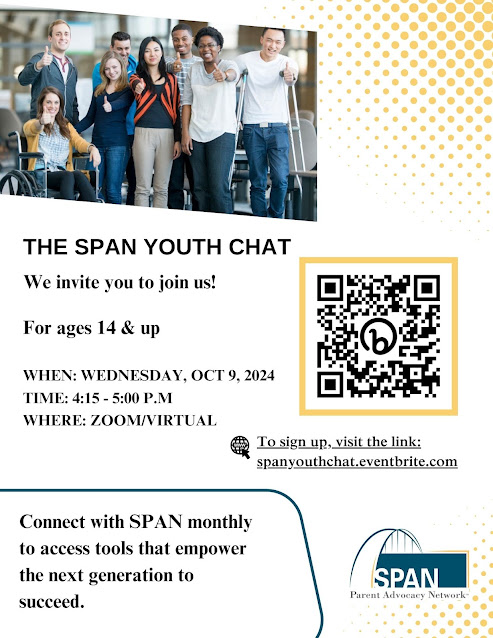In
movies, TV shows, books, and video games, characters are typically crafted to
resonate with the audience. However, many people with disabilities struggle to
find well-developed characters that reflect their experiences. While there are
some positive examples, many fictional disabled characters continue to be
portrayed in outdated or even offensive ways. Let’s explore why accurate
representation is important.
What is Good Disability Representation?
Media serves as a powerful tool for shaping perceptions. When people with disabilities are visible in TV shows, movies, and other forms of media, it helps normalize disability as a part of human diversity. This visibility can break down harmful stereotypes and challenge misconceptions about what it means to live with a disability.
In the YouTube video "Good Disability Representation in the Media," several young adults from the Australian Youth Disability Advocacy Service share insights on disability pride. The video can be watched here:
The Case for Authentic Representation
Seeing real and honest portrayals of disability can help those who haven’t experienced it gain a better understanding and foster greater empathy. This representation encourages viewers to look past the disability and recognize the whole person and their unique life experiences.
Nielsen's article, "Seen on Screen: The Importance of Disability Representation," discusses the underrepresentation of individuals with disabilities in television and film. The challenge is to find accurate on-screen depictions of differently abled individuals. The article can be read here: https://www.nielsen.com/insights/2022/the-importance-of-disability-representation/

Are people with disabilities accurately portrayed in TV and movies? What are some examples of positive disability representation? Thoughts and tips can be shared in the comments below!
Featuring...
Sinergia Inc.
Sinergia's 2024 Summer Youth Transition Panel featured alumni from the Autism Initiative’s Integrated Transition Program, sharing their experiences and aspirations. Designed with Isidore Douglas-Skinner from the 2021 cohort, the panel emphasized vital youth self-advocacy perspectives. Held on August 2, 2024, the event included a Q&A session via Zoom with English-Spanish interpretation. It also streamed live on Facebook, reaching over 300 viewers, with 55 additional views on YouTube. View the recorded session on our YouTube:
The SPAN Youth Chat
Join the SPAN Youth Chat on October 9th from 4:15 to 5:15 PM on voting in New Jersey, save the date!
Resources...
Link to SPAN's website: www.spanadvocacy.org
Link to SPAN's Youth in the Know Resource Page: Youth in the Know
We're here for you! Call SPAN if you need assistance: 1-800-654-7726.


Comments